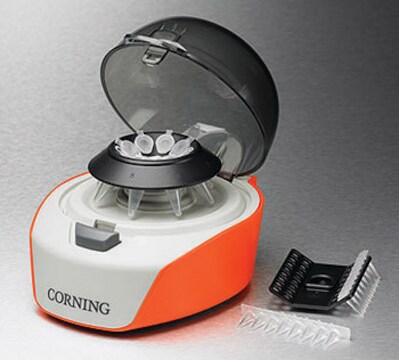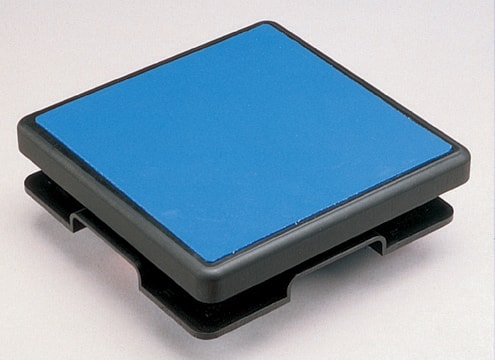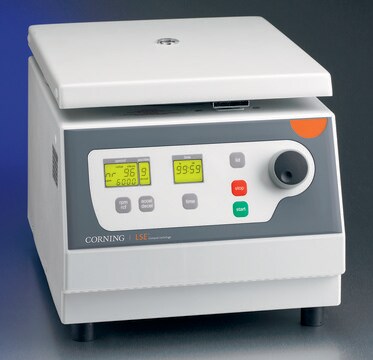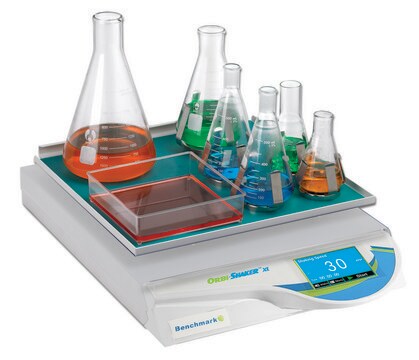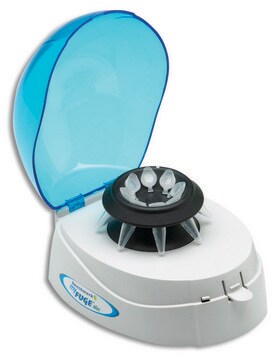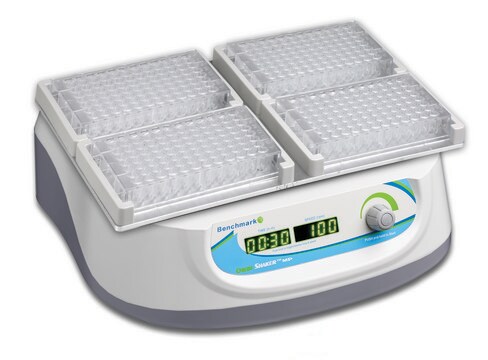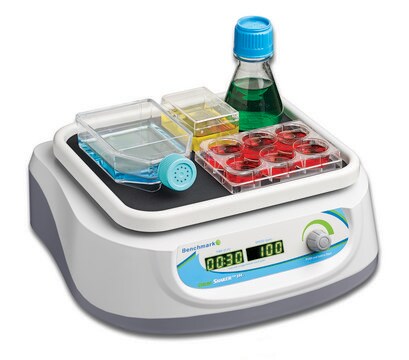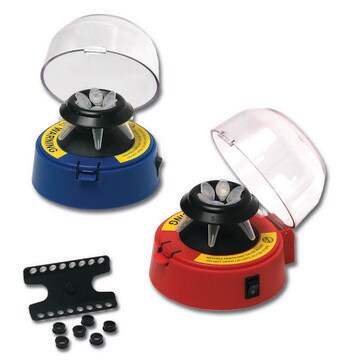EHU002651
MISSION® esiRNA
targeting human MAP1LC3B
About This Item
Productos recomendados
description
Powered by Eupheria Biotech
Quality Level
product line
MISSION®
form
lyophilized powder
esiRNA cDNA target sequence
TCCAAGTGAGCACATTCAGCTTTGGAAACTATATTATTTAATGTAGGCTAGCTTGTTTTCAAATTTTAAAAGTTTAAAAATAAAATACTTTGCATTCTAAGTTGCCAATAAAATAGACCTTCAAGTTATTTTAATGCTCTTTTCTCACTAATAGGAACTTGTAATTCCAGCAGTAATTTAAAGGCTTTCAGAGAGACCCTGAGTCTTCTCTTCAGGTTCACAAAACCCGCCGCCTTTTTGGGTAGAAGTTTTCTACTCAGCTAGAGAGATCTCCCTAAGAGGATCTTTAGGCCTGAGTTGTGAAGCGCAACCCCCGCAAAACGCATTTGCCATCACAGTTGGCACAAACGCAGGGTAAACGGGCTGTGTGAGAAAACGGCCCTGACTGTAAACTGCTGAAGGTCCCTGACTCCTAAGAGAACCACACCCAAAGTCCTCACT
Ensembl | human accession no.
NCBI accession no.
shipped in
ambient
storage temp.
−20°C
Gene Information
human ... MAP1LC3B(81631) , MAP1LC3B(81631)
Categorías relacionadas
General description
For additional details as well as to view all available esiRNA options, please visit SigmaAldrich.com/esiRNA.
Legal Information
Storage Class
10 - Combustible liquids
flash_point_f
Not applicable
flash_point_c
Not applicable
Elija entre una de las versiones más recientes:
¿Ya tiene este producto?
Encuentre la documentación para los productos que ha comprado recientemente en la Biblioteca de documentos.
Global Trade Item Number
| Número de referencia del producto (SKU) | GTIN |
|---|---|
| EHU002651-20UG | 4061831360226 |
| EHU002651-50UG | 4061828443468 |
Nuestro equipo de científicos tiene experiencia en todas las áreas de investigación: Ciencias de la vida, Ciencia de los materiales, Síntesis química, Cromatografía, Analítica y muchas otras.
Póngase en contacto con el Servicio técnico
